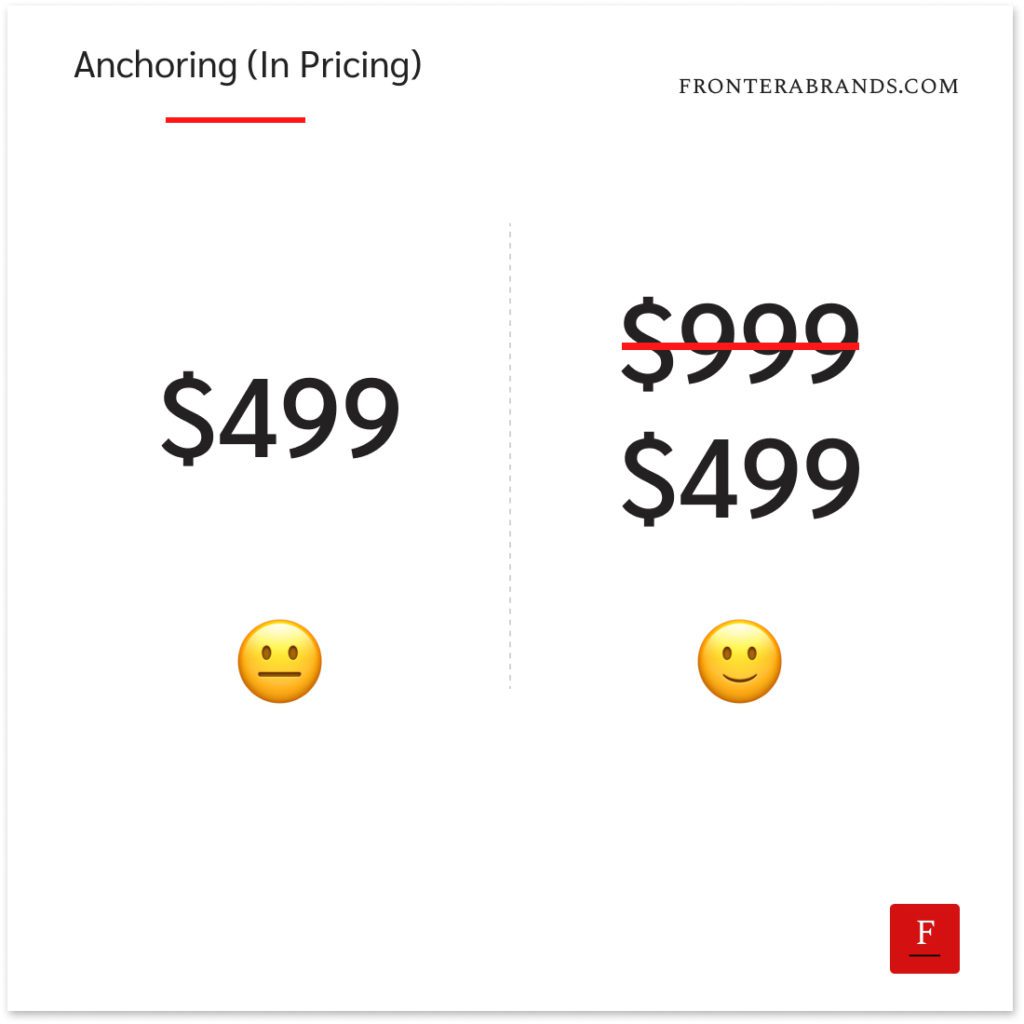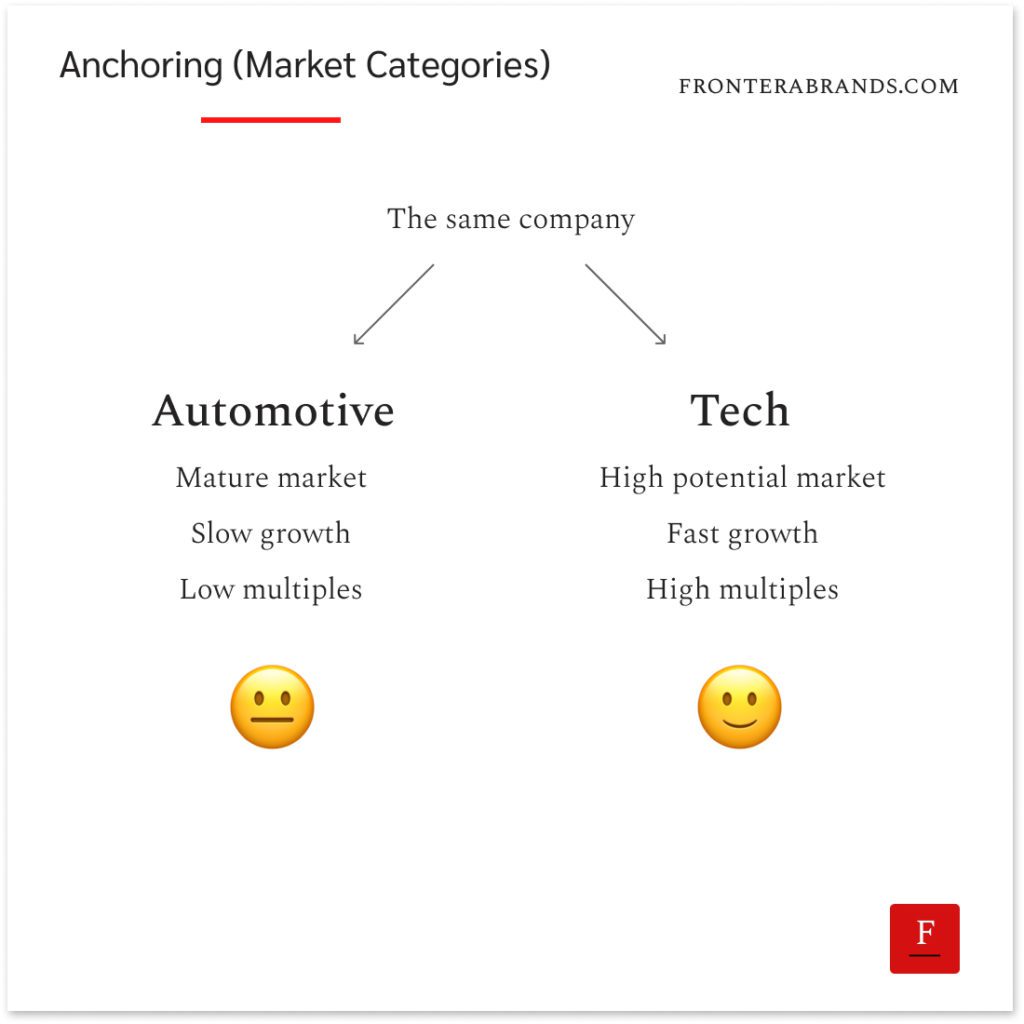In the mid-1940s, the diamond cartel De Beers had a challenge probably no other company ever had.
They controlled almost all the diamond mines in the world.
And they had an excessive supply after the discoveries of huge mines a few decades earlier.
But they had a dilemma.
If they reduced the price and made diamonds accessible to everybody, diamonds would become a cheap commodity like silver.
So that was not an option.
But if they kept the prices high, they wouldn’t make any money from the excessive supply.
Only the super-rich would keep buying diamonds.
And it would stay as a niche gemstone.
So they had to find a way to make diamonds accessible to everybody while keeping the value high.
A nice challenge, isn’t it?
Advertiser Dave Trott has a quote I like:
“Creativity may well be the last legal unfair competitive advantage we can take to run over the competition.”
Well, De Beers had used not-so-legal methods to gain control of all the diamond mines in the world.
But this time, they needed creativity to solve the challenge.
So they asked advertising agency NW Ayer for help creating a new campaign.
Their copywriter Frances Gerety did a remarkable job.
She decided to associate diamond rings with love and commitment.
And she wrote the tagline which was later chosen as the slogan of the 20th century: “A diamond is forever.”
As part of the campaign, movies also started romanticizing engagement proposals on one knee with a diamond ring — which was not a tradition before.
Now, all this was enough to make it a successful campaign already.
But this genius move solved De Beers’ supply and demand dilemma:
As people had never bought a diamond before, nobody knew how much they should pay for a ring.
They were in different sizes, shapes, and colors.
So in one of the best ads in history, De Beers anchored the diamond price to salaries.
That meant everybody could pay a lot of money — relative to their budgets.

Thanks to that campaign, buying diamond rings became a tradition all around the world.
Diamonds became a $100 billion market.
And two months’ salary became an anchor for consumers who didn’t know how much to pay for a diamond.
Now, the story has many lessons.
But let’s talk about anchoring.
How anchors shape decisions
The anchoring effect is when people depend too much on the first piece of information they get for decisions*.
The well-known anchoring example is about pricing.
Let‘s say you go to a store.
If there are many $300 shoes, the one with a $150 label feels cheap.
In another store, the same pair of shoes becomes expensive if they are among the $75 ones.
Discount labels also create the same effect.
But when there is nothing to compare —like diamonds— people use the first information they get to assess.

Marketers heavily use anchoring in pricing today.
So let’s put that tactical aspect aside and talk about how to use anchoring for positioning your brand.
Three ways to use anchoring beyond pricing:
1. Use the right anchors for clarity
Besides numbers, words also act as anchors.
Because people use what they already know to make sense of new things.
Like when they first interact with a brand.
They check the words that the brand presents them with (whether on a website, packaging, or ad) to understand what it’s about.
So they intuitively look for “keywords” they are familiar with.
But here’s the thing.
Most brands try to sound smart.
They use jargon.
They invent words.
Guess what happens?
People get confused.
When people can’t use any anchors to make sense of a brand, they have to spend extra mental effort to understand it.
And that’s the perfect way to lose a potential customer.
That’s why simple “Netflix for books” or “McDonald’s for Chinese food” type of descriptions work so well.
They use what people already know as anchors.
And people understand it without confusion.
So avoid jargon and fancy words.
Your messaging should include simple keywords that help prospects quickly get what you offer.
If trying to sound smart and confusing customers was a punishable offense, a lot of marketers and copywriters today would go to jail.
2. Use different anchors to change perception
We talked about how Tesla used the Bowling Alley Strategy to grow.
Here’s another point that helped them.
Everybody knows the automobile sector is a mature industry.
Potential growth is limited.
But the tech and energy sectors are different.
So from the beginning, Elon Musk kept talking about his vision for Tesla.
Like how it’s actually an energy company.
Or how its AI will transform everything with self-driving vehicles.
Like him or not.
But Musk masterfully played with the perceptions of analysts and investors to position Tesla as a tech/energy play instead of a car company.
And that’s how Tesla got these insane valuations.

So where am I getting at?
Market categories are also “keywords.”
Project management app, marketing agency, or e-commerce…
All these categories trigger different associations in customers’ (and even in investors’) minds.
The price, the experience, the alternatives…
So the category you choose to describe your brand acts as a big anchor.
You choose what you’ll be associated with.
It can serve you.
Or it can work against you.
So choose them wisely.
The right words can make the same product much more valuable in the customers’ eyes.
Remember how Swatch repositioned quartz watches as a fashion accessory to create desire.
3. Make your brand (relatively) incomparable
In Predictably Irrational, there is a good example of how Starbucks justified higher prices for the same coffee.
The first time you visit a Starbucks, you feel it’s expensive compared with alternatives like Dunkin’ Donuts.
Because they were the anchors you had in mind.
But Starbucks did everything it could (ambiance, coffee names, etc.) to create a different experience.
So the next time you go there, you don’t compare the price to alternatives anymore.
As it’s so different, you use your first visit to Starbucks as a new anchor and happily pay for it.

So after choosing your market category wisely, think about how you can break the existing anchors in customers’ minds.
How can you make them feel that you are different?
How can you make your brand incomparable?
Now, one note here.
Being incomparable might sound contrary to the first point about clarity.
But here’s the thing.
They are not mutually exclusive.
You should consider the customer’s stage with your brand.
The first touchpoints (like homepages or social media ads) should be as clear as possible.
And you should convey your difference with each interaction as the customer progresses in the relationship (remember the framing effect).
The moral of the story?
Use known anchors to get into their minds.
Break them to be incomparable and establish your difference.
The less comparable you become, the more pricing power you’ll have.
–
Enjoyed this article?
Then you’ll love the How Brands Win Newsletter.
Get the “5 Mental Models to Differentiate Your Business” guide when you join. It’s free.
References:
- Anchoring was coined by Tversky, A. and Kahneman, D. (1974). “Judgment under Uncertainty: Heuristics and Biases”
